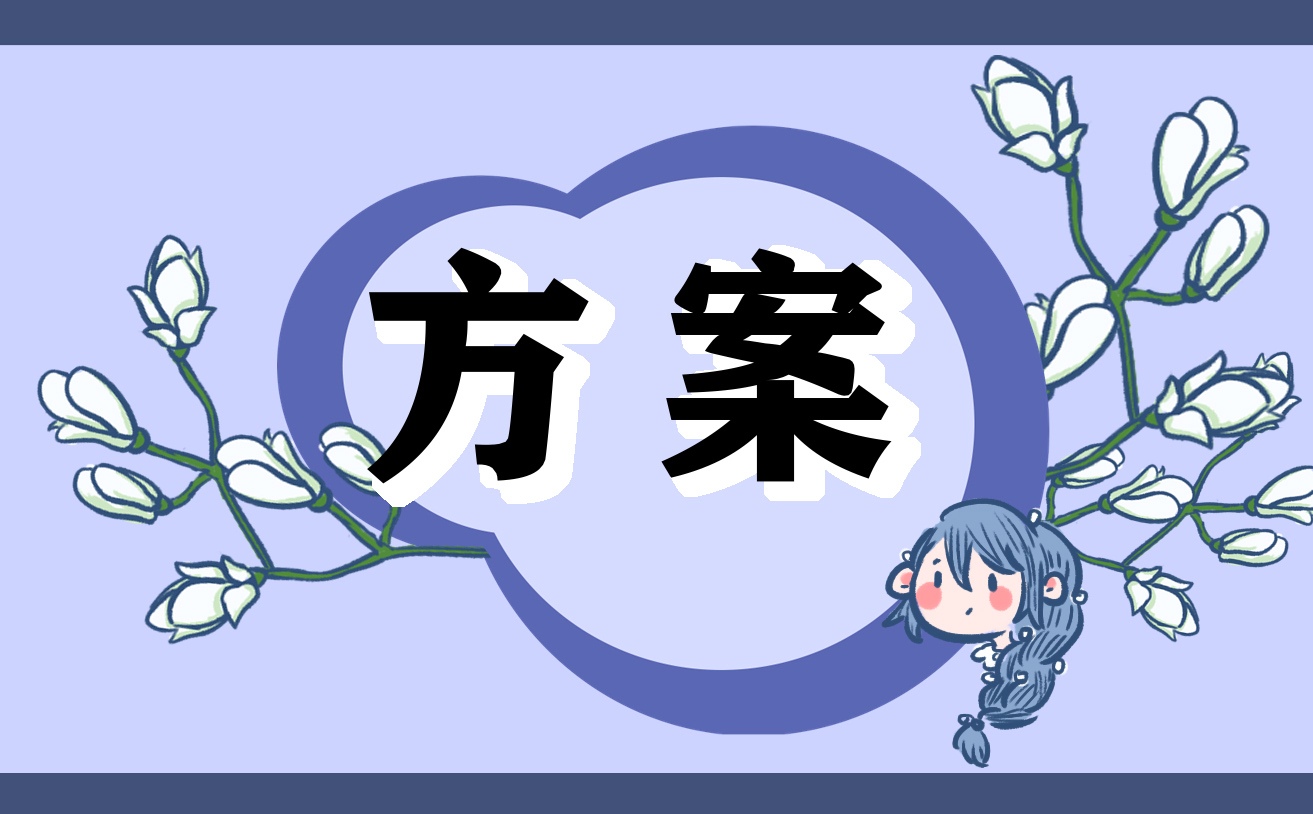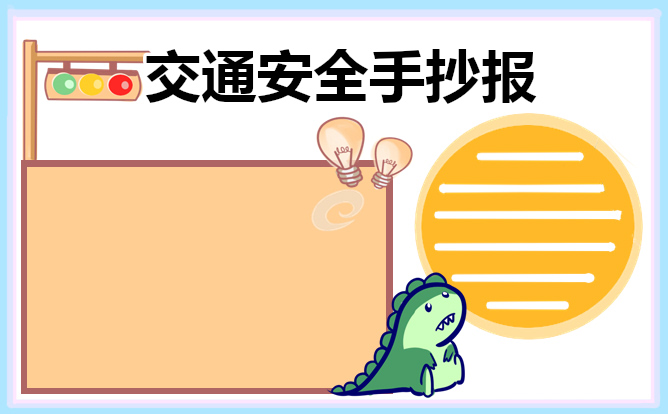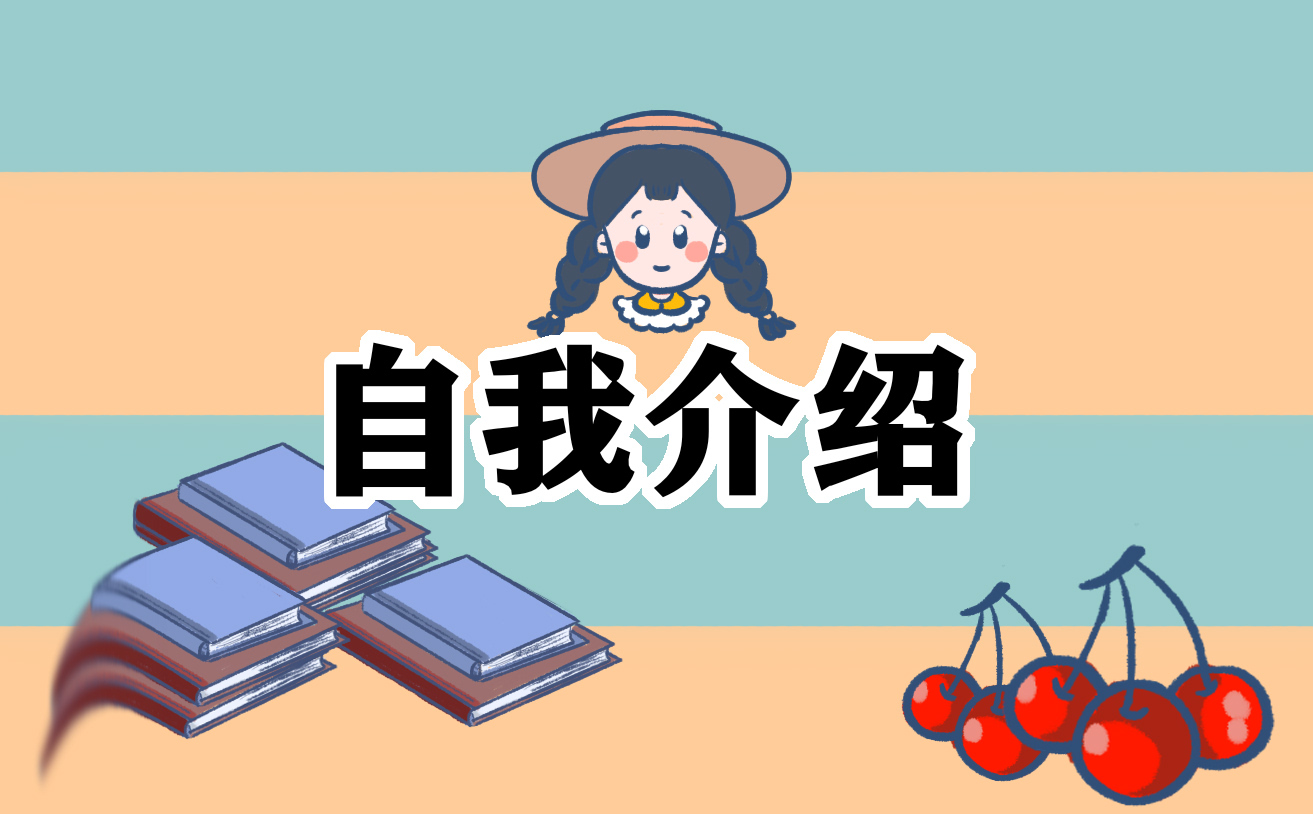初一英语下册知识点归纳
初一英语下册知识点归纳总结
初一的学生想学好英语,为以后高年级的英语打下良好基础?那就要养成课后复习巩固的学习习惯。这次白话文为您整理了初一英语下册知识点归纳,您的肯定与分享是对小编最大的鼓励。

初一英语下册知识点归纳
一、介词用法:
1)具体时间前介词用at。
He gets up at half past seven every day. 他每天七点半起床。
She goes to bed at eleven o’clock. 她十一点睡觉。
2)表示“在早上,在下午,在晚上”的短语中用介词in,且定冠词the不能省略;表示“在中午,在夜里”的短语中介词用at,不加冠词。
in the morning在早上,in the afternoon 在下午,in the evening 在晚上 at noon在中午,at night在夜里
3) 表示“在某天”、“在某天的上午、下午等”的短语用介词on。
What do you usually do on Monday morning? 星期一上午你通常做什么? Do you sometimes go out to eat on Friday evening? 有时你星期五晚上出去吃饭吗?
He watches DVDs on Saturday night. 星期六晚上他看DVD。
Parents take children to parks on June 1. 六月一日,家长们带着孩子去公园。
4)在this, last, next, every等词前面既不加介词,也不用冠词。
What are you doing this afternoon? 今天下午你做什么?
He visits his grandma every Friday. 他每个星期五都去看望祖母。 She is going to Shanghai next Monday. 她下个星期一去上海。
二、人称代词和物主代词的用法
人称代词是用以代替某个人或某个事物的代词,有主、宾格之分。主格在句中充当主语,宾格则充当宾语。
物主代词用以表示某个人或某个事物属于某个人或某个事物所有,有形容词性物主代词和名词性物主代词之分。形容词性物主代词放在名词或代词前修饰该名词或代词,名词性物主代词本身便代替了某个人或某个事物,其后不可再用名词或代词了。
. There be句型
There be结构表示 “在某地或某时存在有某物”,be为句子的谓语,后面的名词是句子的主语。
A. 注意其中be的人称和数:后面的名词为单数可数名词或不可数名词时,be用is。后面的名词为可数名词复数时,be用are。如果不可数名词前有可数名词修饰,后面的动词be的人称和数应和可数名词保持一致。而后面的名词不止一个时,be的人称和数应和与其最为靠近的一个名词的人称和数保持一致。
B. 注意There be和have (has)的不同用法:There be结构表示“存在”有某人或某物;而have (has)则表示某人或某物归某人“所有”。在表示整体和部分的关系时,There be结构和have (has)常可互换使用。
初一英语下册知识点归纳总结
一:词组
1. last weeend 上周末 2. d ne’s hewr 做作业3. g t the cinea 看电影
4. g bating 去划船 5.cap b the lae 在湖边露营
6.g t the beach 去海滩 7.n Saturda rning 在周四早上
8.stud fr the English test为了英语考试学 9. wr as a guide 做为一个导游工作
10. ind f tired 有点儿累 11.sta up 熬夜 12. pla with sb. 和某人玩
13. lse things 丢东西 14. fl a ite 放风筝 15. tae sb. t sp. 把某人带到某地
16.as a special gift作为一个特殊的礼物 17. g caping 去露营
18. put up the tents 搭建帐篷 19.ae a fire 生火 20. eep sb. war 使某人保持温暖
21. s...that... 太以至于 22. g t sleep 去睡觉
23. see sb. ding sth. 看见某人正在做某事 24. up up and dwn 上蹦下跳
25. clib nt ne’s bac 爬到背上 26. shut at=shut t 大声喊叫
27. run awa 逃跑 28 it’s + ad + t d sth.
29. learn a secnd language 学习第二语言 30. sta at he 呆在家 31. read a b 读书
g n vacatin g t suer cap sta at he
stud fr exas Central Par shw sth t sb
.help hi find his father wal bac t… g shpping
the Palace Museu thin f have fun ding sth
.bus trip the Great Wall Tian’an Men Square
ae sb d sth decide t d sth all da
二:用法集萃
1. g + ding 去做某事
2. pla + 球类 玩球
3. 时间段+ ag 前
4. eep + sb. / sth. + 形容词 / 副词 / 介词短语 使保持
5. s + 形容词 / 副词+ that 句子 如此以至于
6. see sb. ding sth. 看见某人正在做某事
7. let sb. d sth. 让某人做某事
8. start t d / ding sth. 开始做某事
三:典句必背
1. —What did u d last weeend? 上个周末你做什么了?
—I did hewr. / We went bating. 我做了我的.家庭作业。/我们去划船了。
2. —Wh visited her granda? 谁看望了她的奶奶?
— Bec did. 贝姬看望了。
3. M sister finished high schl tw wees ag. 我的姐姐两周前中学毕业了。
4. But I was s tired that I went t sleep earl. 但是我是如此疲倦,以至于我很早就睡着了。
1.Where did u g n vacatin? I went t suer cap.
Where did the g n vacatin? The went t New r Cit.
Where did he g n vacatin? He staed at he.
Where did she g n vacatin? She visited her uncle.
2. Did u/he/she/the g t Central Par?
es, I/he/she/the did. N, I/he/she/the didn’t.
3. Hw were the vies?The were fantastic
4. have fun ding sething 干某事有乐趣 = en neself ding sething
We have fun learning and speaing English .
We en urselves learning and speaing English . 我们学英语有很多乐趣 .
5. find sb. ding sth. 发现某人在干某事 find sb. d sth. 发现某人干过某事
I find hi reading the nvel (小说). I fund hi g int the r .
6. crner 角落,角,拐角处
(了解) in the crner 在角落里(指在建筑物里面)
at the crner 在拐角处(指在建筑物外面或道路的拐角)
M bie is at the crner .
7. be lst 迷路了=get lst , lst (ad.) The girl was lst in the big cit .
8. help sb. (t) d sth.=help sb with sth 帮助某人干某事
He alwas helps us learn English
9. ae sb. d sth. 让/使某人干某事 let / have sb. d sth. d前不带t
The vie aes e relaxing . Let the b d his hewr alne .
10. feel+ ad. 感到... I feel hungr / tired /happ / excited
11. decide t d sth. 决定干某事 The decided t g t Hainan n vacatin .
四:经典范文
M friend Li Hua cae t visit e n Ma Da. During the fllwing das I shwed hi arund the cit. We went t the Guangzhu Museu n the rning f Ma 2. We learned uch abut the histr f Guangzhu. In the afternn., we clibed the Baiun Hills. It was reall great fun! In the evening. I t Li Hua t the night z. It was interesting t see anials at night. The next da, we went t the bshps t bu bs. Thugh we were ver tired, we ened urselves ver uch.
初一下册英语重点知识点归纳
一、look for/ find
look for 意为"寻找",而find意为"找到,发现",前者强调"找"这一动作,并不注重"找"的结果,而后者则强调"找"的结果。例如:
She can't find her ruler. 她找不到她的尺子啦。
Tom is looking for his watch,but he can't find it.汤姆正在寻找他的手表,但没能找到。
二、 be sleeping/ be asleep
be sleeping 表示动作,意思是"正在睡觉";be asleep 表示状态,意思是"睡着了"。如:
---What are the children doing in the room? 孩子们在房间里做什么?
---They are sleeping.他们正在睡觉。
The children are asleep now.现在孩子们睡着了。
三、 often/ usually/sometimes
often表示"经常",sometimes表示"有时候",在表示发生频率上often要高于usually,usually要高于sometimes。这三个词表示的是经常性,一般性的动作或情况,常与一般现在时连用,常位于主要谓语动词的前面,其他谓语动词(be动词,情态动词和助动词)的后面,有时也可位于句尾。如果要加强语气,则放在句首。
We usually play basketball after school.我们通常放学后打篮球。
Sometimes I go to bed early.有时,我睡觉很早。
He often reads English in the morning.他经常在早晨读英语。
四、How much/ How many
how much常用来询问某一商品的价格,常见句式是How much is / are…?
How much is the skirt? 这条裙子多少钱?
How much are the bananas? 这些香蕉多少钱?
how much后加不可数名词,表示数量,意为"多少",how many后加可数名词的复数形式。
How much meat do you want? 你要多少肉呀?
How many students are there in your class? 你们班有多少人?
初一下册英语基础知识
短语归纳
1、 would like 想要
2、 take one’s order 点菜
3、 beef soup 牛肉汤
4、 one bowl of… 一碗……
5、 what size 什么尺寸
6、 mapo tofu with rice 麻婆豆腐盖饭
7、 what kind 什么种类
8、 small / medium / large bowl 小/ 中/大碗
9、 green tea 绿茶
10、 orange juice 橘汁
11、 around the world 世界各地
12、 birthday cake 生日蛋糕
13、 the number of… 。.。.。.的数量
14、 make a wish 许个愿望
15、 blow out 吹灭
16、 in one go 一口气
17、 come true 实现
18、 cut up 切碎
用法集萃
1、 would like + sth. 想要某物
2、 would like + to do sth. 想要做某事
3、 Why don’t you + do sth.? 何不做某事?
4、 the number of + 名词复数 ……的数量;a number of+名词复数 许多……
典句必背
1、 What kind of noodles would you like? 你想要哪种面条?
2、 I’d like beef noodles, please. 我想要牛肉面。
3、 What size would you like? 你想要多大的?
4、 I’d like a medium bowl, please. 我想要一个中碗的。
5、 Would you like a large bowl? 你想要一个大碗的吗?
6、 Yes, please. 好吧。
7、 If he or she blows out all the candles in one go, the wish will come true. 假如他或她一口气吹灭所有的蜡烛,愿望将实现。
初一英语语法知识
动词
A) 第三人称单数
当动词是第三人称单数时,动词应该像名词的单数变动词那样加s,如下:
一)一般在词后加s。如:comes, spells, waits, talks, sees, dances, trains
二)在x, sh, ch, s, tch后加es。如:watches, washes, wishes, finishes
三)1)以辅音字母加y结尾的变y为i再加es。如:study-studies, hurry-hurries, try-tries
2)以元音字母加y结尾的直接加s。如:plays, says, stays, enjoys, buys
四)以o结尾加es。如:does, goes
五)特殊的有:are-is, have-has
B) 现在分词
当我们说某人正在做什么事时,动词要使用分词形式,不能用原形,构成如下:
一)一般在后加ing。如:spell-spelling, sing-singing, see-seeing, train-training, play-playing, hurry-hurrying, watch-watching, go-going, do-doing
二)以不发音e的结尾的去掉e再加ing。如:dance-dancing, wake-waking, take-taking, practice-practicing, write-writing, have-having
三)以重读闭音节结尾且一个元音字母+一个辅音字母(注意除开字母组合如show –showing, draw-drawing)要双写最后的辅音字母再加ing。如:put-putting, run-running, get-getting, let-letting, begin-beginning
四)以ie结尾的变ie为y再加ing。如:tie-tying系 die-dying死 lie-lying 位于





